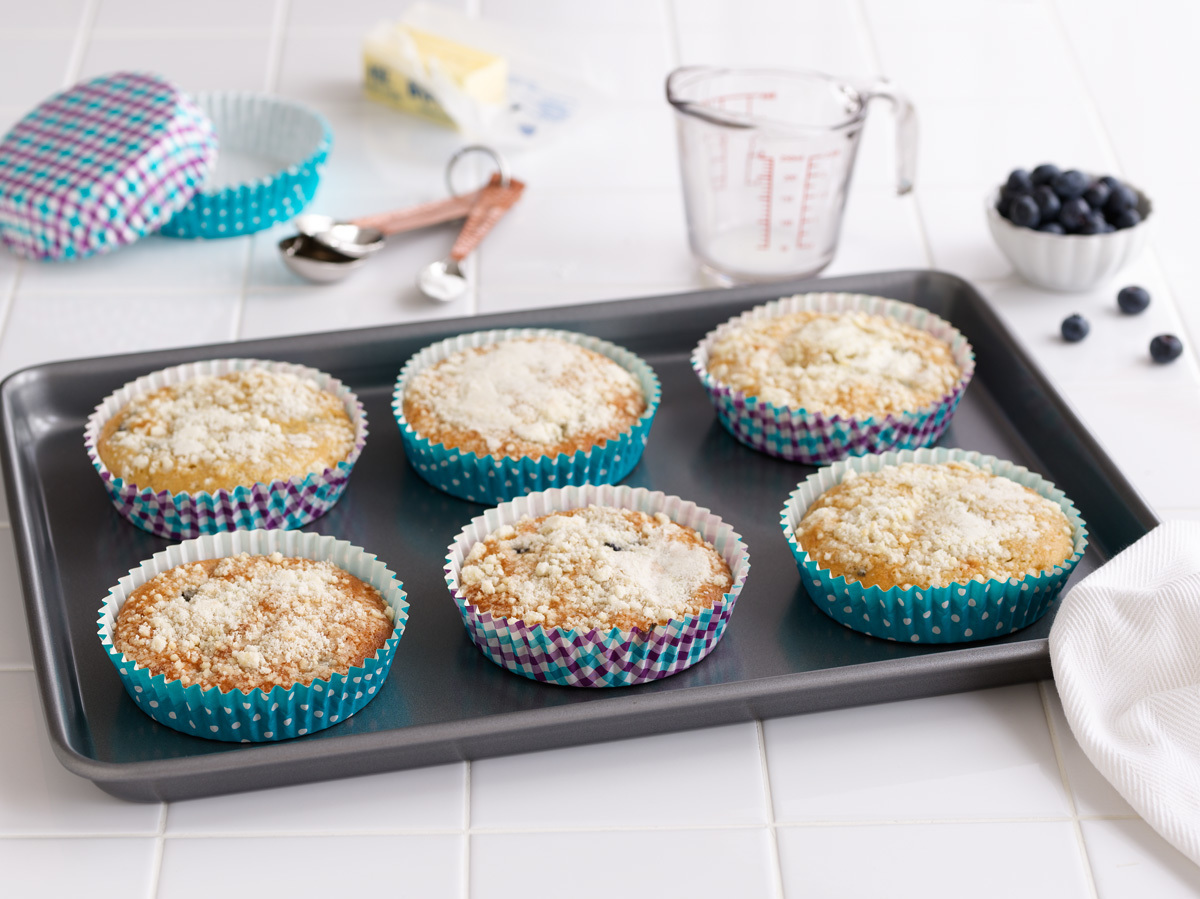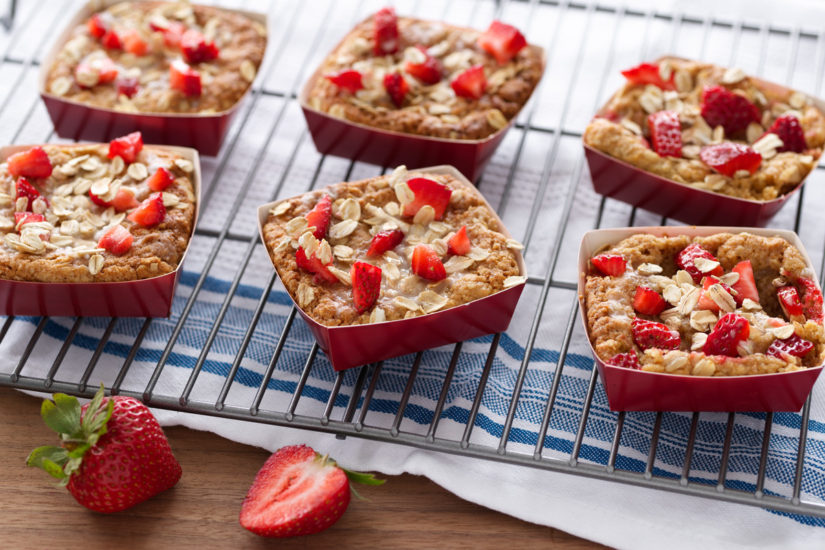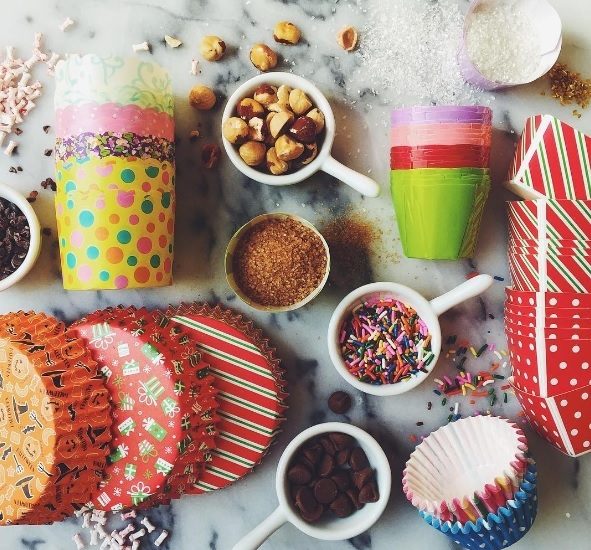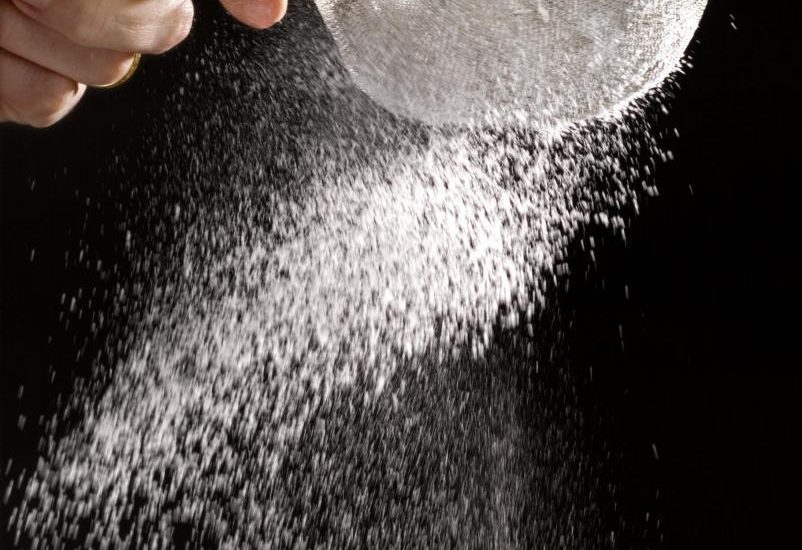Baking blunders can be, well, a nightmare. After all, nobody wants to eat baked goods that are burned, deflated or cracked.
We have identified some common ways to help you avoid these issues and turn your baking nightmares into sweet dreams.
Avoid the burn. If a recipe calls for greasing and flouring the pan, do so. If you skip this step, you may be sorry. Unless otherwise specified, take a stick of butter and rub it around the inside of your pan. Follow by sprinkling about a half a cup of flour inside, then tip and tap the pan until it’s evenly distributed. For cookies, choose the proper baking sheet (not too thick) and opt for the middle rack. For pies, cover the edges or the entire crust with foil. And always use an oven thermometer to ensure precision.
Don’t deflate. As we have said before, refrain from opening the oven door until the end of the baking cycle so that your cake won’t sink. Use up-to-date baking powder to ensure your cake rises properly. Avoid overbeating the batter, which adds air to the mixture and can deflate a cake. Finally, cool your baked goods properly to avoid rapid changes in temperature, which can sink a cake.
Skip the cracks. Keep a nice distance between baked goods within the oven so that pans don’t touch and cause breakage. Add moisture to your batter or dough in the form of water, whipped cream or even a little frosting, as cracks occur when batter is too dry. If you end up with a cracked cake and it’s not presentable, cut it into chunks and serve with fruit. Problem solved!




